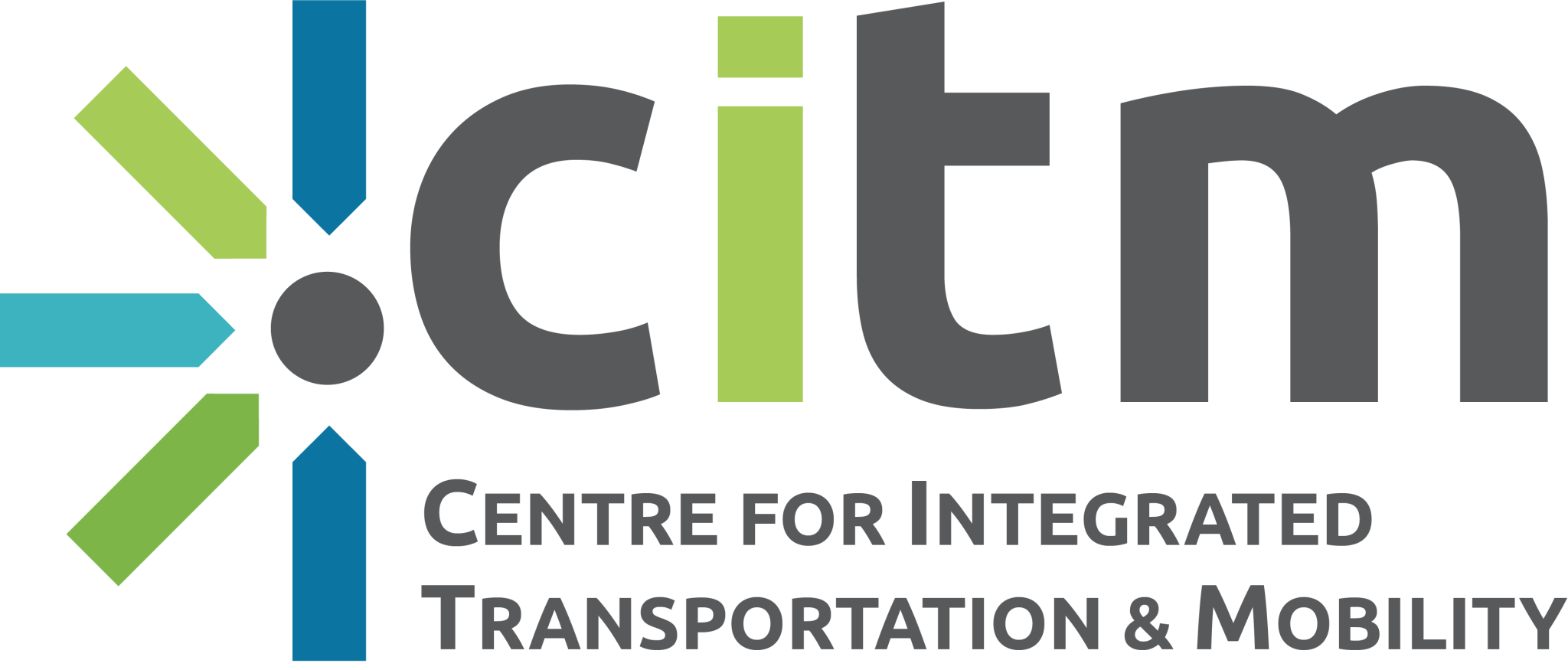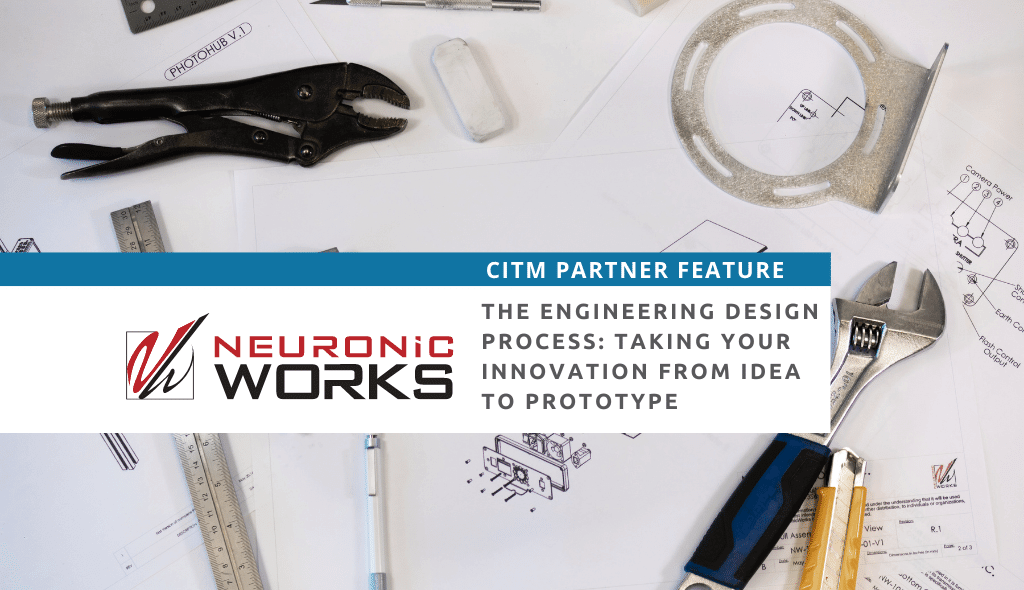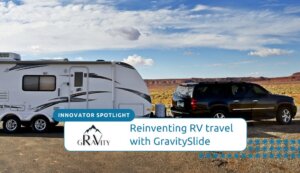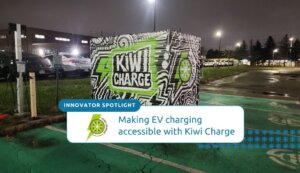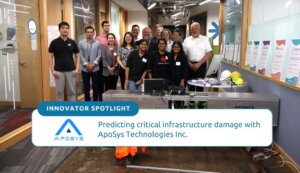You’ve got a great idea and have done your due diligence. You’ve identified a problem that needs to be addressed, researched your competition, and gained a solid understanding of your target user’s profile. What next? Now begins the task of developing and designing your product and building a prototype. For advice, we turned to the experts and Centre for Integrated Transportation and Mobility (CITM) partner, NeuronicWorks to help us summarize the process and what you need to consider.
It Might be Lonely at the Top but First you Have to Get There
Most company founders are experts in a single domain, but no one succeeds in isolation. A business savvy CEO requires a strong technical team to ensure his or her product or service idea can be realistically and robustly produced.
A CEO with a technology background needs to collaborate with those who offer a high level of business acumen and brings the users’ or market perspective. Ensuring team members bring diverse skills, experience, and knowledge can enhance your ability to innovate and deliver.
Designing for Excellence is a Multi-faceted Process
Once you have your business plan, a company such as NeuronicsWorks can help. They provide product design services and expertise, making sure that your final design and the manufacturing process required to produce your product adheres to the principles of Design for Excellence (DEA). They can also provide established practices and methodologies to design for additional focus areas such as reliability, security, manufacturing, recyclability, and serviceability.
Mistakes are not a Big Deal if Caught Early
Mistakes are costly but they are very common and time is always of the essence. The sooner you identify a mistake, the less costly it becomes.
Consider the number of steps in the product design process – research, engineering design, project management, business management, marketing, sales, and after-sales support. Make a mistake in engineering design and the cost to fix it is huge if your product is already in market and placing demands on your after-sale support team. Working with a team such as NeuronicWorks, ensures that your designers are well versed in sub-processes of design and potential flaws are considered throughout the process, saving you time and money downstream.
Top Mistakes to Avoid
Most startups make mistakes that are commonly seen. NeuronicWorks has put together a fantastic two part blog series on what not to do:
- Common Mistakes to Avoid in Product Development: Part 1
- Common Costly Mistakes to Avoid in Product Development: Part 2
As a quick reality check, ask yourself:
- How many stages are there in product development?
- Am I building the ‘Swiss Army Knife’ of products?
- Could I be diagnosed with ‘My Baby is not Ugly’ Syndrome?
Not being able to respond or incorrectly answering any of the above suggests that enlisting the services of an engineering design firm could prove useful.
Don’t Confuse Features with Benefits
Most technology startups know that their technology is exciting and powerful. However, your customers don’t care how advanced your technology is, what features it includes, or the specifications you highlight. The only thing your customer wants to know is ‘does your technology/solution solve THEIR problem?’ This must be a fundamental consideration throughout the product design process.
Sustainable Products and Processes
Sustainable transportation is gaining traction but if you are reading this, then you are already familiar with the opportunities and innovation happening in this sector. But did you know that you can improve your sustainability further by incorporating principles that design for excellence AND the environment simultaneously? NeuronicWorks has identified factors to consider and processes that help minimize the negative impact on the environment of your product’s entire life including design, sales, after-sales support, and end of life.
Key Considerations before you Engage
Once you determine that working with an engineering design firm can add value, how do you find one? Here’s a summary of important considerations:
- What processes does the firm use? Here is an example of what NeuronicWorks can provide:

- When you review a potential firm’s offering, do you get a sense of their experience and expertise?
- Can the firm share information on their clients such as retention rate, timelines, or give you references?
- How are they demonstrating knowledge of industry standards and certifications?
- Do they have expertise in sourcing and supply chain management?
- How will they communicate and report progress to you, as their client?
- Does vertical integration exist?
- Find out if they offer manufacturing in-house or via other contractors, in addition to design services
- Are they located in your geography and time-zone?
- COVID showed us that where your suppliers are located can have huge implications for delivery timelines. But they are also important to consider because of their implications for standards, compliance, and intellectual property law.
- Who owns the intellectual property (IP) rights to your innovation?
- Ensure that you do and check contractual fine print.
- Do they offer modular services?
- Allowing you to pick and choose services that compliment the expertise on your team, filling gaps rather than competing with them.
As Titu Botsos, CEO and Founder of NeuronicWorks recommends, before you engage with an engineering design firm, make sure:
- You know what you want and what your customer wants
- Be prepared to discuss details such as project specifications and product requirements. A handy reference can be found here.
- Be realistic and expect to follow established processes to ensure your products are market ready.
A Network of Collaborators including Engineering Design Partners
Not going at it alone is core to CITM’s philosophy and we partner with organizations to ensure our innovators are supported at every stage of their business. Our entire innovation ecosystem is built upon the premise that if we don’t have a program, resource, or the support you require, we’ll find a partner that does.
We know startups have diverse needs at different stages of business and our Engineering Design Service partners help guide our clients through the entire design and manufacturing process.
NeuronicsWorks has proven expertise in the design and manufacturing process, and CITM innovators may qualify for complimentary services to get you started. To learn more:
Contact CITM: https://citm.ca/contact/
Contact NeuronicsWorks: https://neuronicworks.com/contact/
Contact your Client Services Manager for additional information.
Check out the “Product Design for Market Readiness” webinar by visiting the Academy at Innovation Factory.
If you provide a service or product to support transportation and mobility innovators, we also want to hear from you!
